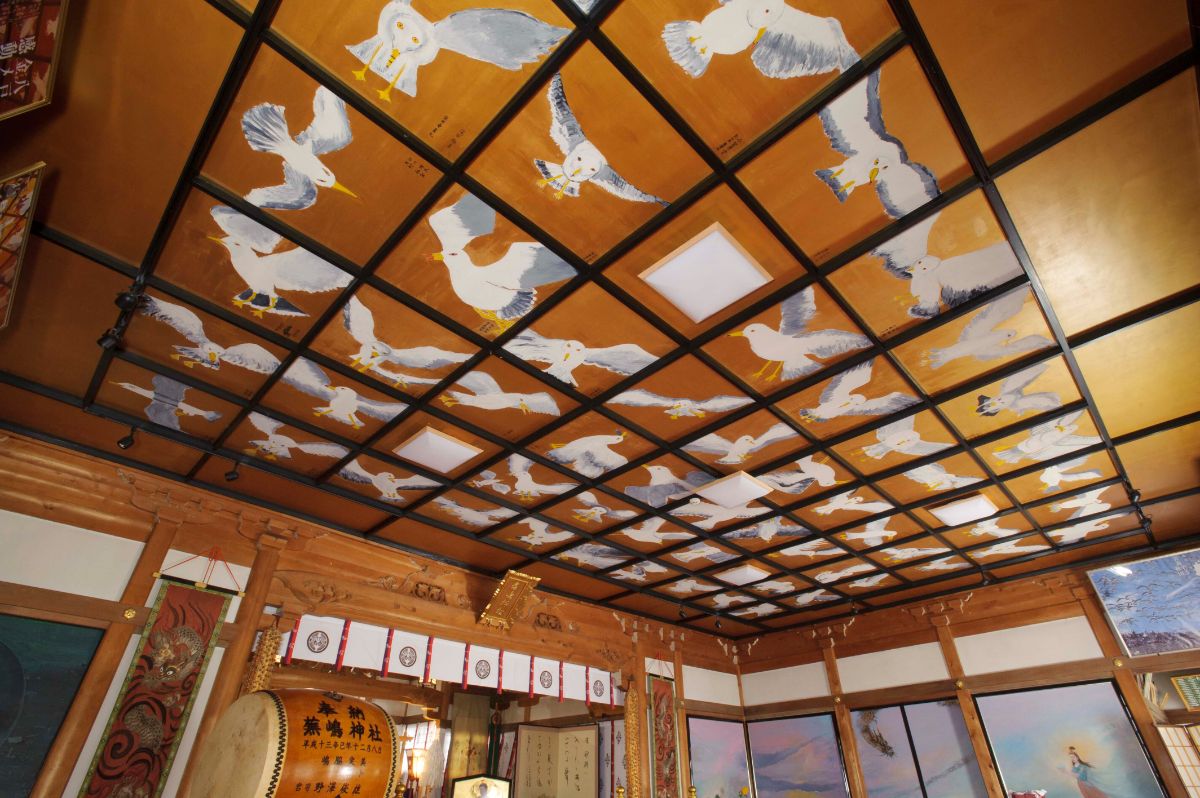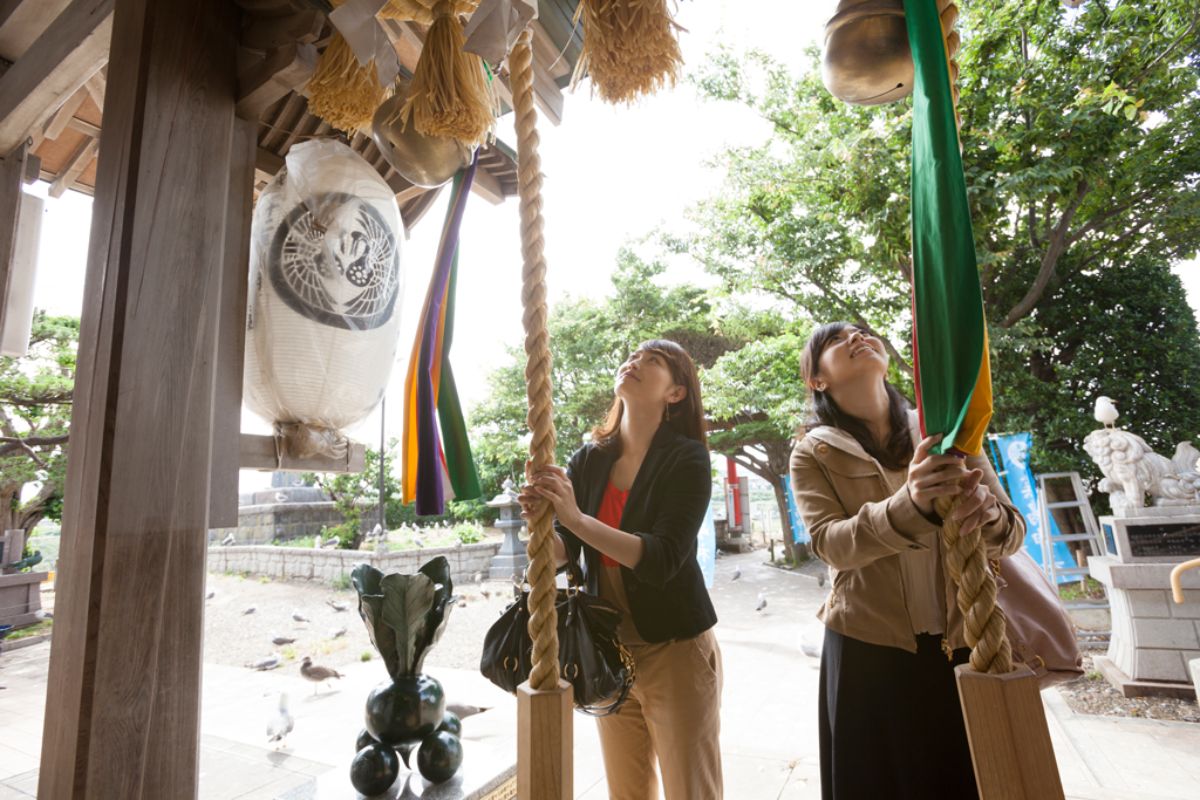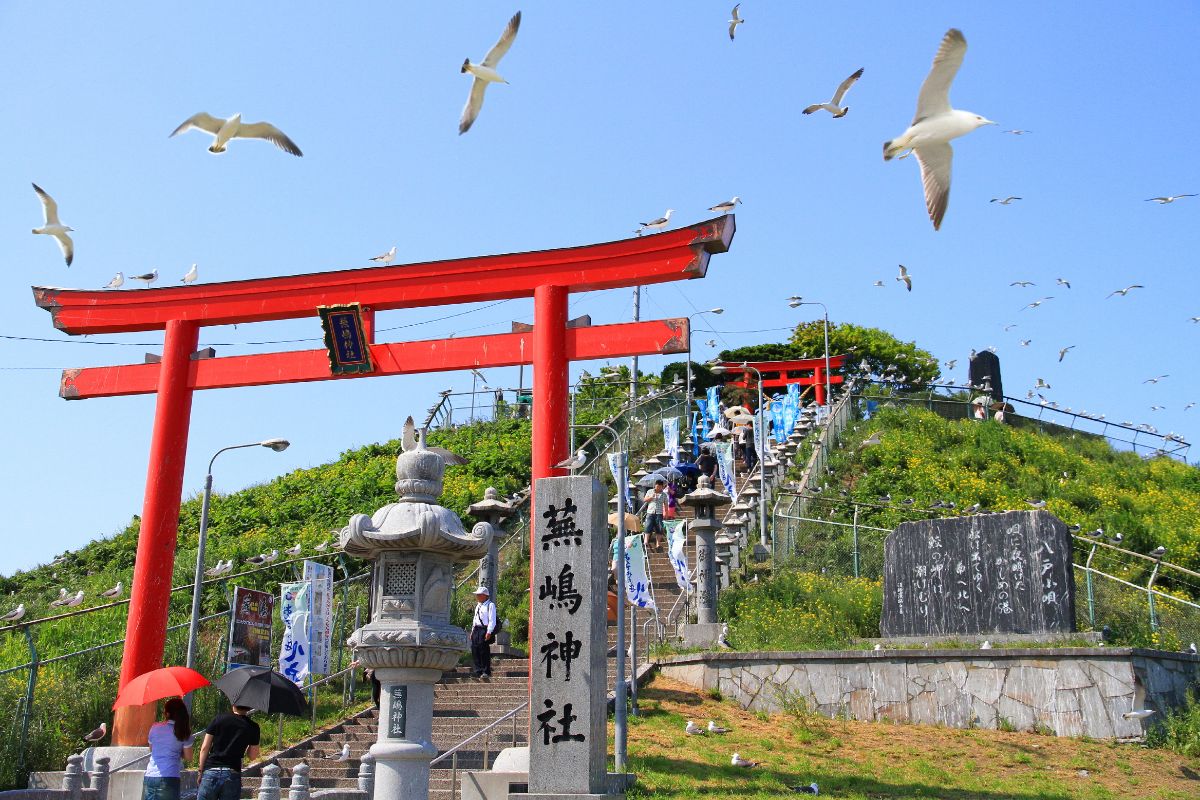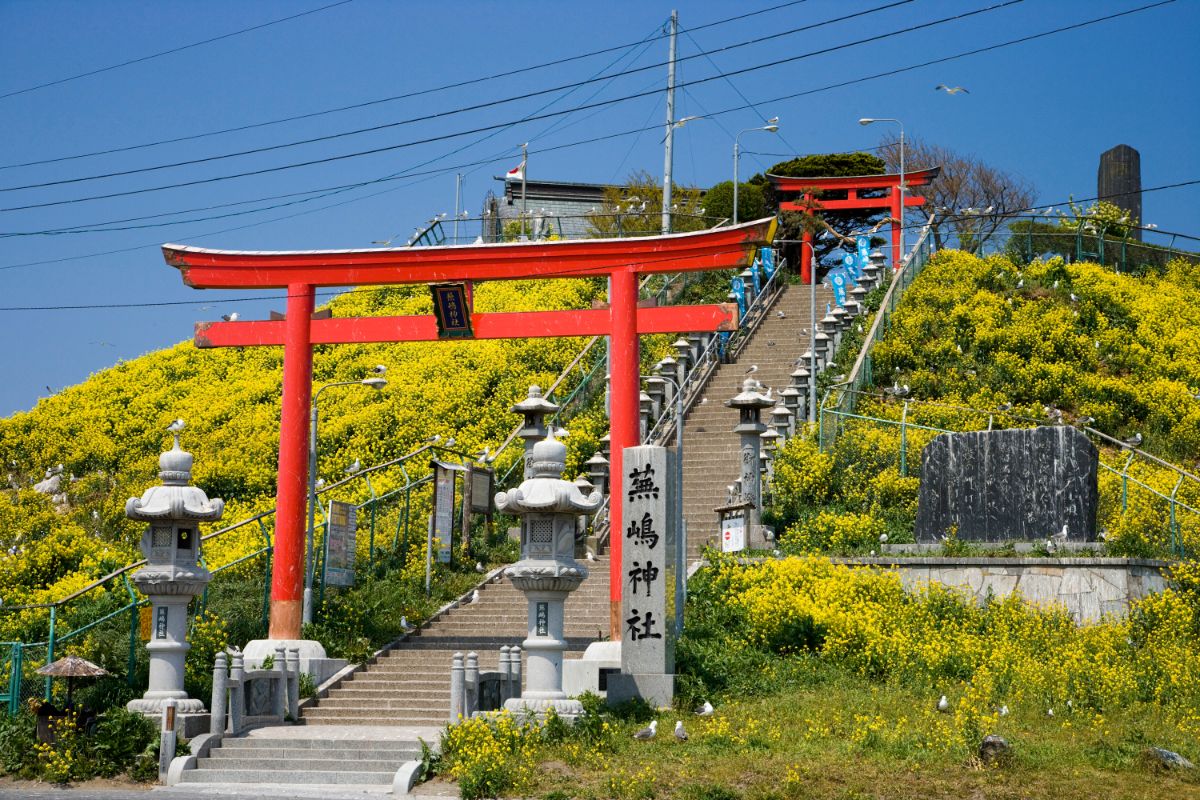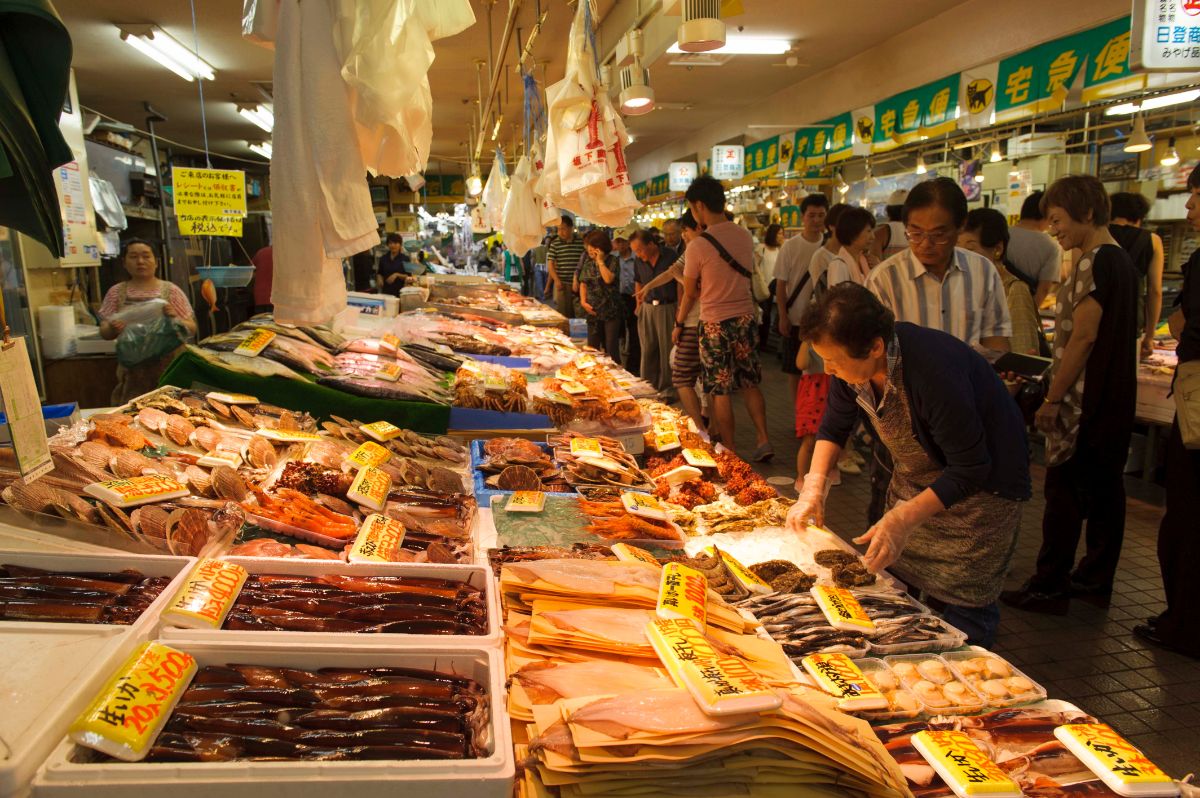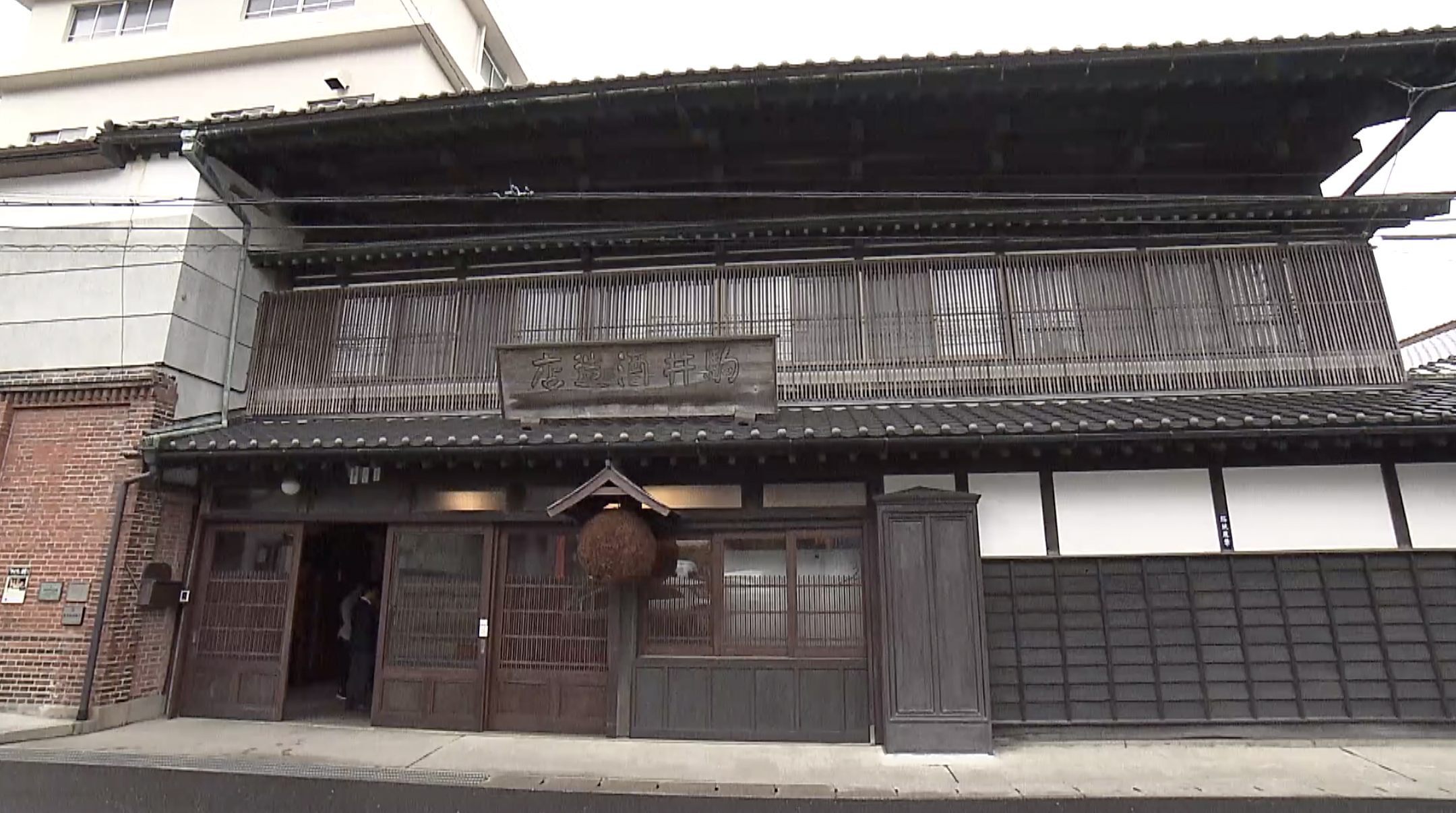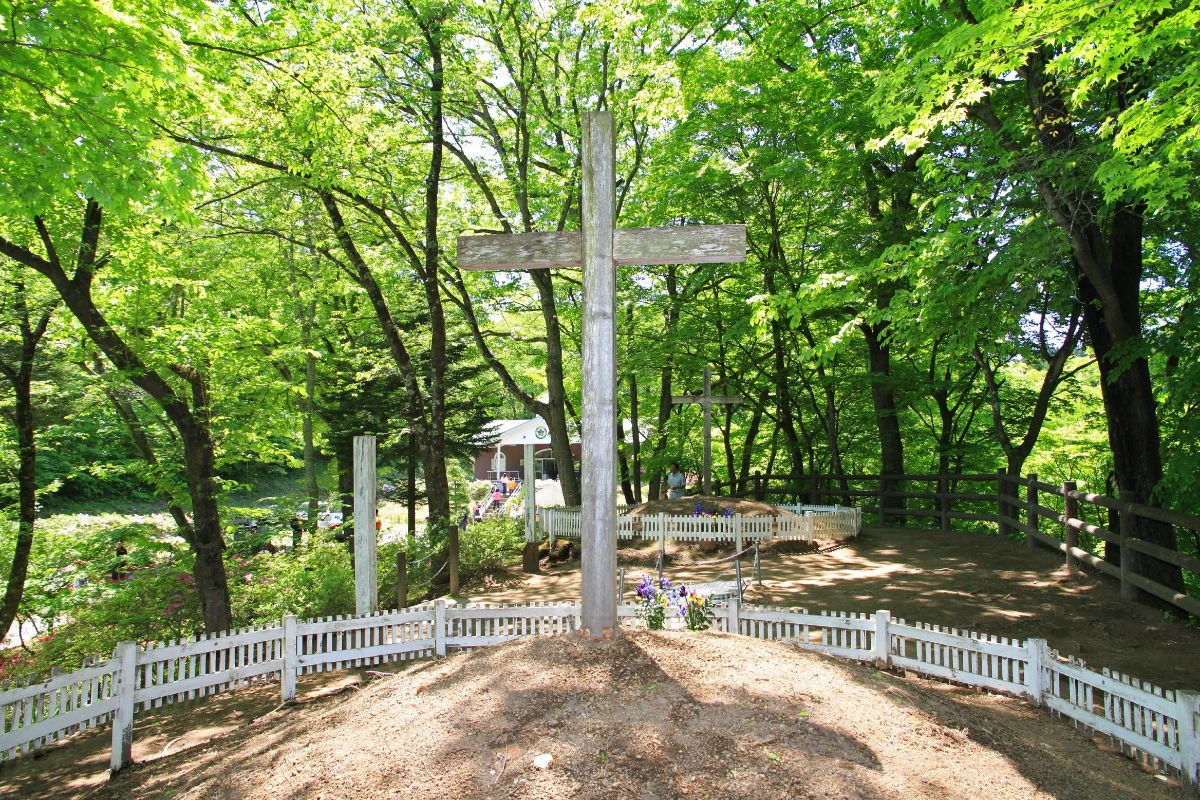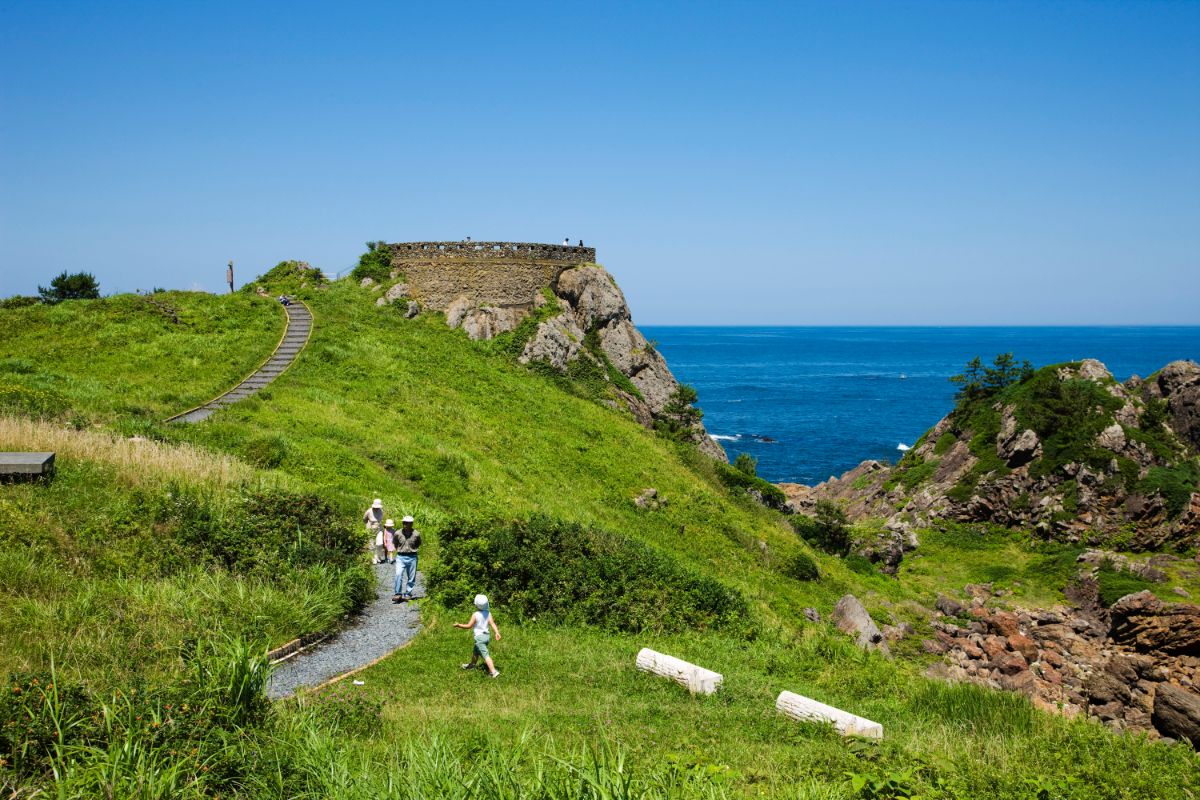Designated as a protected natural zone due to it being a breeding area for black-tailed gulls, Kabushima is the only place in Japan where the breeding activities of these birds can be viewed up close. Originally an isolated island, it was connected to the mainland through a land reclamation project by the Japanese Imperial Army in 1942. The black-tailed gull is a seafaring species that arrive at Kabushima each year in late February. The birds then begin laying eggs in late April. The eggs hatch roughly one month later. In late July, the birds leave the island. The breeding season is said to bring around 40,000 black-tailed gulls each year, transforming the island into a world full of birds. There are other places in Japan where black-tailed gull breeding can be witnessed, but being able to see it up so close is truly rare.
The recommended time to visit is during spring. During the middle of May, the rape blossoms turn Kabushima yellow, giving meaning to the wild island’s name. The contrast between the yellow of the rape blossoms, Kabushima Shrine’s red torii, the white gulls, and the blue sky is a sight to behold. The shrine is said to have powers of good fortune and warding off evil. It attracts many visitors from around Japan throughout the year.
※ In May, black-tailed gull eggs appear all over the island. Visitors are asked to watch their step, in order avoid disturbing the eggs. The birds sometimes feel threatened when approached. In May, many gulls fly in the sky above Kabushima Shrine, so visitors are advised to prepare umbrellas in order to avoid droppings from above.
※ Some parts of inner Kabushima (the peak area) and the island’s front plaza are currently inaccessible due to the reconstruction of the shrine.
- Spot Name
- Kabushima Jinja Shrine
- Postal Code
- 〒031-0841
- Address
- 56-2 Aza Same, Oaza Same-machi, Hachinohe City, Aomori
- Telephone Number
- 0178-34-2730
- Keywords
- Art & Architecture
